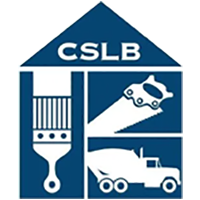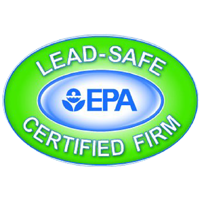
Understanding Why Mold Grows in the Rainy Season
- Increased Humidity: Rain and damp conditions cause humidity levels to rise, creating an ideal environment for mold growth.
- Roof Leaks: Even minor roof leaks allow moisture to enter your attic or ceilings, leading to mold growth in hidden areas.
- Poor Ventilation: Insufficient air circulation can trap moisture in walls, carpets, and furniture.
- Flooding or Water Intrusion: Water seeping into basements, crawl spaces, or walls due to heavy rain can lead to long-term moisture buildup.
- Condensation: When warm indoor air meets cold surfaces, condensation forms and contributes to mold problems.
By identifying these risk factors, you can take proactive steps to keep mold from invading your home.
Preventative Measures to Keep Your Home Mold-Free
1. Inspect and Maintain Your Roof and Gutters
Your roof is your home’s first line of defense against rain. Even a small leak can lead to significant water damage and mold growth. Regular maintenance can prevent these issues.
- Check for damaged or missing shingles and repair them immediately.
- Clean out gutters and downspouts to ensure proper drainage.
- Inspect flashing around chimneys, vents, and skylights for any gaps or cracks.
- Trim overhanging tree branches that can cause water buildup on the roof.
2. Seal Windows, Doors, and Cracks
- Apply fresh caulking around windows and door frames.
- Replace worn-out weather stripping.
- Seal cracks in walls and foundations to keep moisture out.
3. Improve Indoor Ventilation
Good air circulation is crucial for keeping moisture levels low. Without proper ventilation, humid air can get trapped inside, promoting mold growth.
- Use exhaust fans in bathrooms and kitchens when cooking or showering.
- Keep interior doors open to encourage airflow throughout your home.
- Use a dehumidifier in high-humidity areas like basements or laundry rooms.
- Open windows during dry days to allow fresh air in.
4. Prevent Water Accumulation Around Your Home
Standing water near your home’s foundation can seep into your basement or crawl space, leading to mold issues.
- Ensure the ground slopes away from your home to prevent water pooling.
- Install or maintain French drains to redirect water flow.
- Keep your gutters clean and install downspout extensions to direct water away from the foundation.
5. Use Mold-Resistant Materials
If you’re planning renovations or repairs, consider using mold-resistant products to reduce the risk of mold growth.
- Choose mold-resistant drywall and paint for bathrooms, kitchens, and basements.
- Install moisture-resistant insulation in areas prone to condensation.
- Use tile or vinyl flooring instead of carpet in moisture-prone areas.
6. Monitor Humidity Levels
Keeping indoor humidity levels under control is essential to prevent mold growth.
- Maintain indoor humidity below 50%.
- Use a hygrometer to monitor moisture levels in your home.
- Invest in an air conditioner or dehumidifier if necessary.
7. Dry Wet Areas Immediately
Even small amounts of water can lead to mold growth if left unattended. Any moisture should be cleaned up right away.
- Wipe down bathroom surfaces and sinks regularly.
- Dry clothes thoroughly before storing them in closets.
- Remove and replace wet carpets or rugs if they cannot be dried quickly.
8. Check for Hidden Leaks
Undetected plumbing leaks can lead to mold problems behind walls, under sinks, and in ceilings.
- Inspect pipes and plumbing fixtures for slow leaks.
- Check under sinks and behind appliances for signs of water damage.
- Look for peeling paint, bubbling wallpaper, or musty smells, which may indicate hidden leaks.
How We Can Help
Keeping your home mold-free during the rainy season requires diligence, but sometimes mold problems arise despite your best efforts. If you notice musty odors, visible mold growth, or water damage in your home, Musick Restoration is here to help.
- Expert Mold Inspections: We identify potential mold risks before they become major problems.
- Professional Mold Remediation: Our team safely removes mold and prevents future growth.
- Water Damage Restoration: We repair leaks and moisture issues that contribute to mold problems.
- Emergency Response Services: Quick action is key to preventing mold after water damage, and we’re available when you need us.
Mold can spread quickly, causing property damage and health concerns. Don’t wait until it becomes a bigger issue—contact Musick Restoration today for a professional assessment and effective mold prevention solutions.






